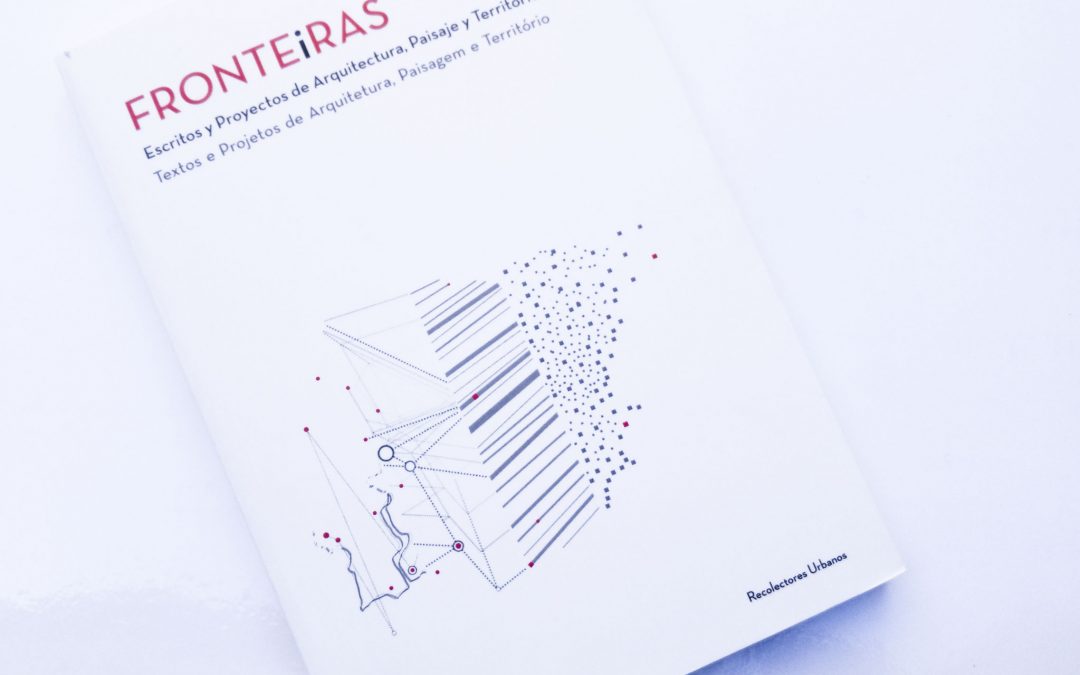From Mutual Aid to the Complex City
The article traces the history and key elements of the system, from the early pilot schemes and the approval of the National Housing Law in 1968, to the consolidation of mutual aid and prior savings schemes. It analyses the urban and architectural differences between co-operatives according to their location, scale and construction period, as well as the fundamental role of the Institutes of Technical Assistance (IAT) and multidisciplinary teams.
Highlights include the creation of large co-operative complexes on the outskirts of Montevideo, the incorporation of community services and facilities, and the subsequent diversification of models with the arrival of democracy, including the refurbishment of properties in central areas and the innovative figure of the “dispersed co-operative”.
Contemporary Challenges and Update Strategies
The Uruguayan co-operative system has been the subject of constant critical review, both internally and from academia and the social sciences. The article identifies current challenges such as the integration of social and generational diversity, the adaptation of spaces to new ways of living, accessibility, the inclusion of care and the need to update legal and technical frameworks.
We propose a multi-scalar analysis methodology (housing, building, complex) to detect mismatches and potential for transformation in existing complexes. We explore intervention strategies ranging from small internal reconfigurations to the opening up of complexes to the city, promoting diversity, inclusion and urban sustainability.
























